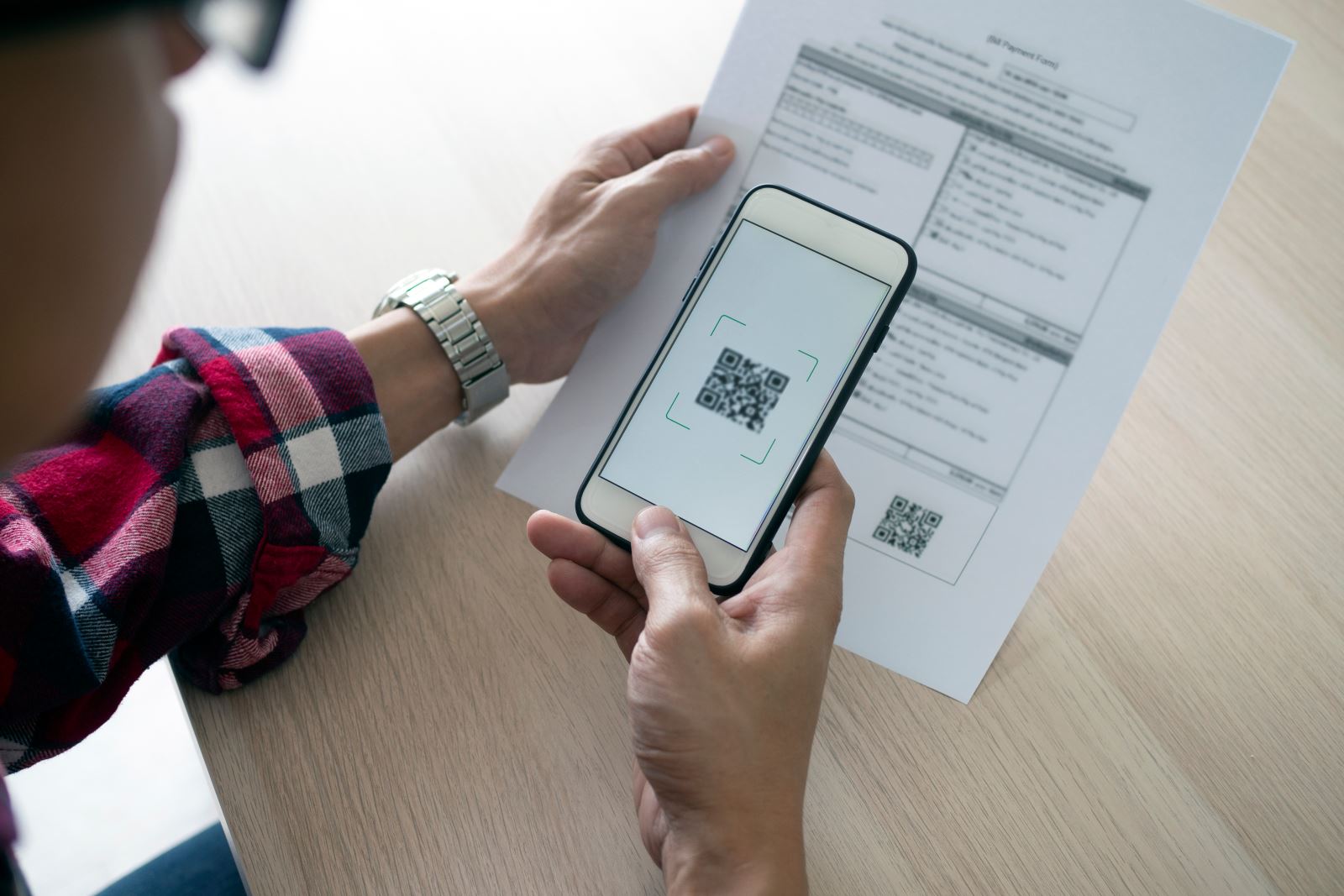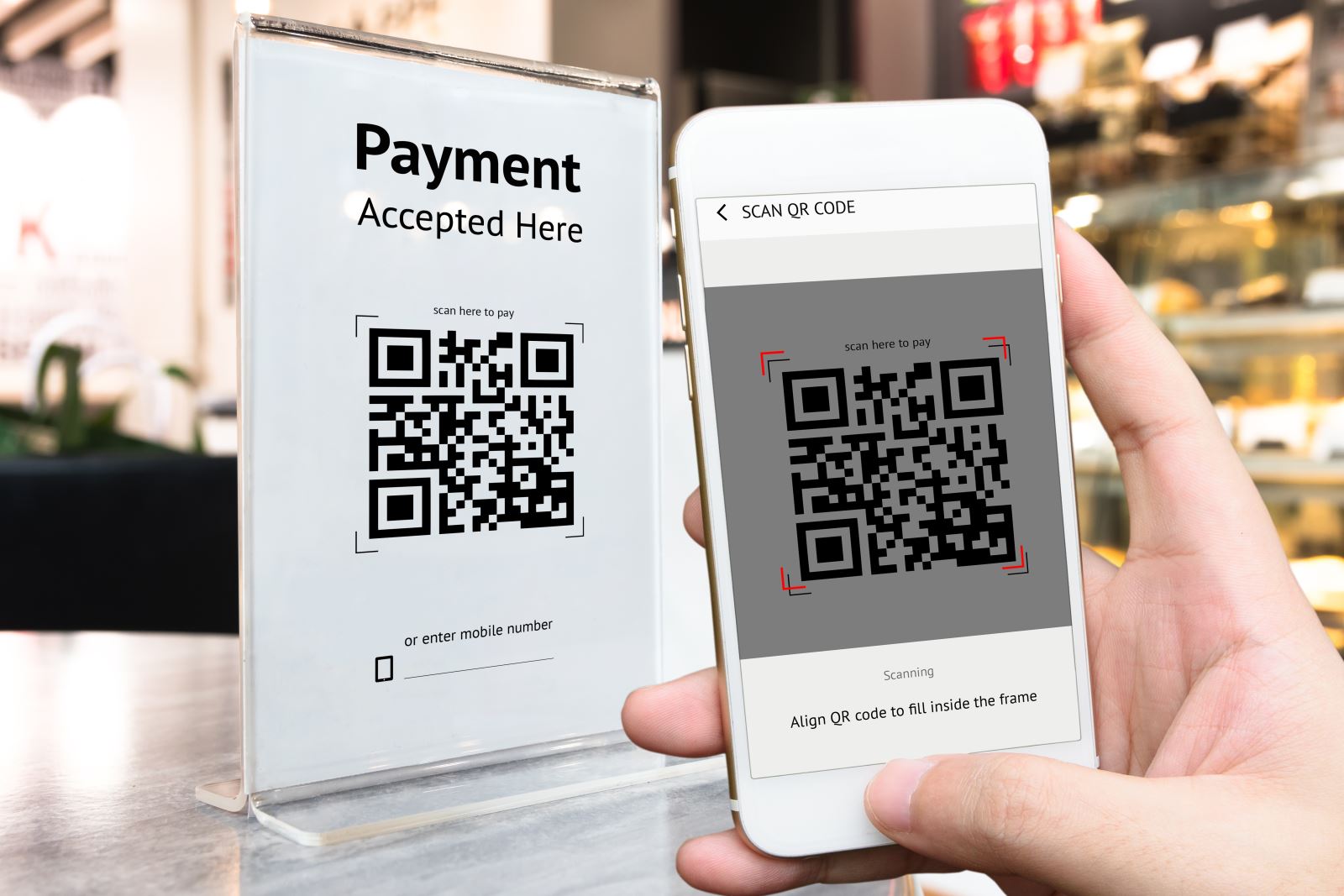ROUTING NUMBER: 307070050
Rest Confident, Your Money is Safe and Secure at Kirtland Credit Union, a message from our President & CEO. Learn More
Mobile Check Deposit is Temporarily Unavailable. We apologize for the inconvenience.
All Kirtland CU branches and locations will be closed on Monday, September 1 in observance of Labor Day.
Fraud Alert: If you receive a call or text asking to verify a fraudulent transaction, do not respond, call unfamiliar numbers, or click suspicious links. Contact us directly using trusted methods.
Use caution if you receive a call, email, or text message that appears to be from Kirtland Credit Union. Don’t click on links or call phone numbers in unsolicited messages. Remember: We will NEVER ask for your online banking access codes, credentials or for you to transfer money.
If you may experience financial hardship related to the government shutdown, we’re here to help. Call 1.800.880.5328 or visit one of our branch locations for more information.
ROUTING NUMBER: 307070050


You may or may not have heard of QR codes, but in the midst of COVID-19 and the focus on contactless communication, these little black-and-white boxes are in their heyday.
A QR (quick response) code, pictured here, is simply a box with black-and- white patterns that lead to a particular action in a device (usually activating a URL or an app download). The pattern is a new-age barcode—but instead of transmitting information about a product, including price, this code holds information that can take you anywhere on the web. No fancy scanners—all you have to do is take a picture of it in most of today’s devices.
QR codes aren’t new. Launched in 1994, QR really failed to catch on with any regularity in the quarter-century that followed their inception. But with 2020 came a resurgence of contactless options in business, fast-tracking this previously no-hit wonder to modern-day mainstream.
On a device, a hyperlink is obviously, instantly clickable, and a fast way to reach a particular website or app. But what happens in real-life when you need to do the same thing? You could type in the web address manually, but that takes time and some URLs are really long. This is the bread-and-butter of QR codes! And in the midst of the COVID-19 pandemic, any option that reduces contact is in high demand. QR codes are shining, and odd are you’ll encounter one:

In the beginning, a special QR reader app was required to make sense of this special, nonsensical box, and the demand for the technology didn’t justify many device makers rushing to build the tech into their products. Slowly, but surely, as QR codes have gained popularity and widespread recognition, device makers have finally caught up. We’ve said, “Just snap a photo!” and it’s literally that easy on most devices. In fact, it’s easier. Have an iOS (Apple) device? Scanning a QR code is as simple as opening your camera app and pointing it at the QR code with the rear camera. Don’t press the shutter button—the phone will recognize the code automatically.
Most Android devices also have built-in functionality through their camera app. If not, the Google Lens app can easily be added.
So, here’s the thing about links: there is always the potential for it to be malicious. When you scan a QR code and head off to that page, you run the same risks as you would clicking on a link in a virtual environment. Here are a few things to consider before scanning:

Where did I find this code?
Is the code in a restaurant you’re sitting in? It’s probably safe if it’s on the official restaurant signage. Likewise, QR codes that come in bills are probably safe. But scanning QR codes you find laying around may not be the best idea. It’s incredibly easy to generate a QR code—for good or for ill. Receive an email with a QR code? Err on the side of caution and just visit the site yourself (not with a link) and look for the information you want.
Where does this lead?
Your device may allow you to preview the link itself before actual launching. Make sure you check this link before heading to the site! If it doesn’t match a site you thought you’d be headed to, cancel out and do not follow it. It’s safer to type in a URL, just in case.
Have you ever scanned a QR code? Next time you see one on official advertising or in a business you’re patronizing, give it a scan!
Routing Number: 307070050
6440 Gibson Blvd. SE, Albuquerque, NM 87108
Federally insured by NCUA Equal Opportunity Lender
Improving your online banking and mobile experience.